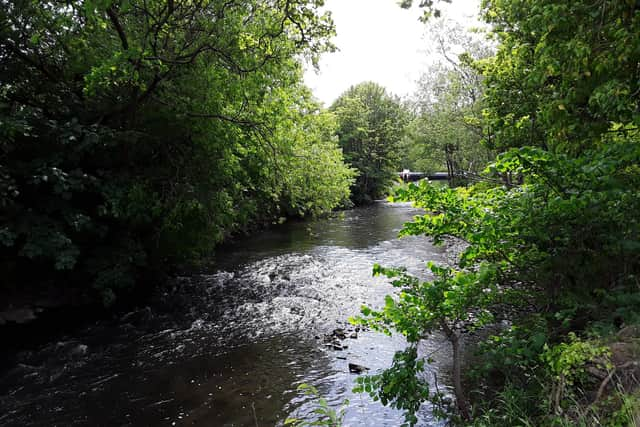Sustainable Scotland: How transformation of brownfield land can benefit local communities and the environment
Scotland, along with the rest of the UK, has a vast amount of brownfield land with untapped potential that represents a huge opportunity for people and nature.
The focus for brownfield development is typically new housing or employment use, however some sites are unsuitable for this due to infrastructure, access or other constraints. This can lead to long-term vacant and derelict land, and such sites tend to be more prevalent in economically deprived communities.
Advertisement
Hide AdAdvertisement
Hide AdThe value of local quality green spaces for health and well-being was further emphasised during the Covid lockdowns when so many rediscovered the joy of simply being outdoors. At the same time, we are in a biodiversity crisis and urgently need to increase the area of land and linked networks for nature.
Long-term brownfield sites can look a bit scruffy, but often support valuable and biodiverse species, including rare and protected plants and insects. This is due to natural regeneration processes, unfertile soils and lack of pesticide use.
There are other potential natural capital benefits too, such as flood alleviation, improving local air quality and locking up carbon in soils. Sites near to an existing grid connection or a major user can also be suitable for renewables or battery storage, and such uses can be combined with biodiversity enhancements.
Scotland is leading the way in this area and this is increasingly being recognised internationally. The Vacant and Derelict Land Taskforce, led by the Scottish Land Commission, made a series of recommendations in 2020 to “realise the social, economic and environmental benefits of returning unloved derelict urban land back to productive use”. In 2021 the Scottish Government pledged an additional £50 million over five years to support the beneficial development of vacant and derelict land. However, with more than 11,000 hectares of vacant and derelict urban land across Scotland, much of which has remained this way for decades, the scale of the challenge and the size of the opportunity are huge.
An example of applying a more holistic approach is the Leven Project in Fife, which aims to deliver social, economic and environmental improvements around the River Leven. This programme is headed by the Scottish Environment Protection Agency (Sepa), working in close partnership with Fife Council, site owners and many other organisations, as well as extensive participation from local communities and other stakeholders.


One of the specific concerns was assessing the legacy of land contamination from historical industrial activity and how this may affect the proposed greenspace developments. Fife Council – through their allocation of the Scottish Government's Vacant and Derelict Land Fund – appointed RSK to undertake site investigations at a prominent site in Levenmouth. This project, which won a UK Brownfield Award in October, assessed the land contamination risks using best practice and was commended for exploring the site’s potential to support rewilding and carbon sequestration. This detailed assessment of the issues, and how to mitigate them, has informed plans to bring the site back into beneficial reuse.
The Leven Project recently published plans for an accessible, attractive and biodiverse public park for the local communities around this stretch of the river. Six themed gardens have been proposed, focusing on local heritage and community needs identified through consultation. One such will be a space for communities to meet, grow and celebrate the river, with plans to encourage the site’s existing ‘spontaneous vegetation’, enhance the river’s green edge and develop an accessible path network and riverside walkway.
This is a flagship example of how long-term vacant and derelict land can be returned to a valuable end use with a broader focus than just housing or employment. If this type of approach is adopted more widely, the benefits to local communities and in helping nature to thrive will be huge.
Dr Tom Henman is a director of engineering and environmental consultancy RSK, a fellow of the Royal Society of Chemistry and chair of the Specialist in Land Condition professional and technical panel
Comments
Want to join the conversation? Please or to comment on this article.